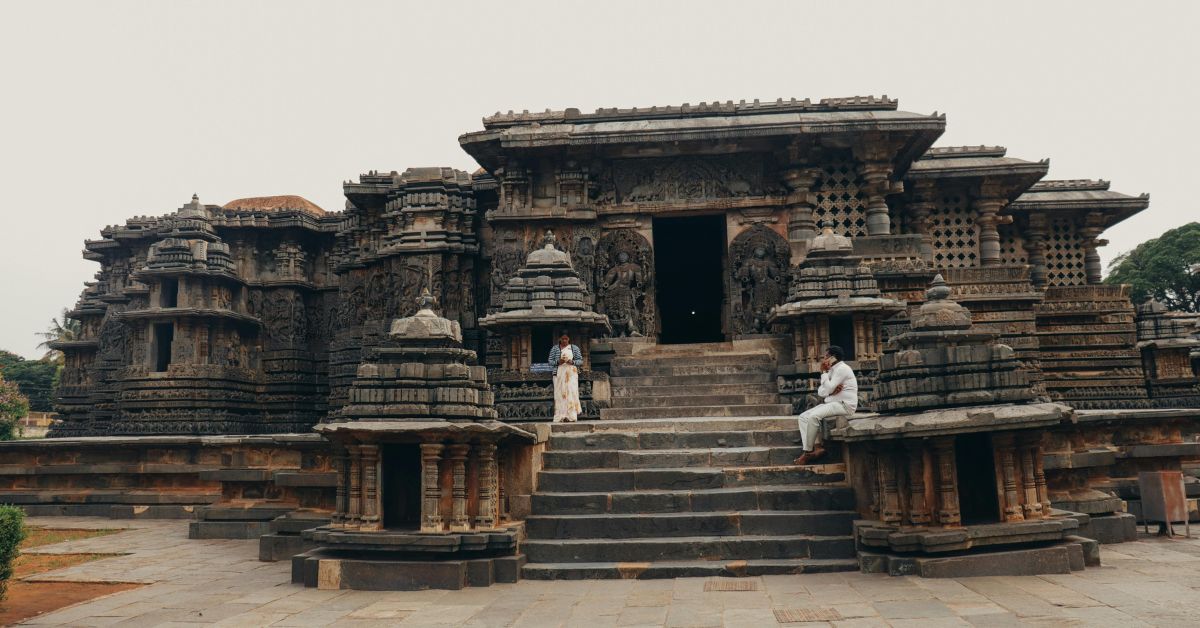Introduction
Embellishment in art and craftsmanship has long been a trademark of human creativity, transforming ordinary gadgets into incredible works of art. Among the various techniques of embellishment, clochant stands out for its difficult splendor and historic importance. In this complete exploration, we delve into the origins, evolution, and techniques of clochant, uncovering its enduring allure in decorative arts.
Origins and Historical Context
Clochant, is derived from the French word cloquer which means ” to raise. Finds its roots deeply embedded within the traditions of metalwork and decorative arts. Historically, the method received prominence for the duration of the medieval duration in Europe. Where professional artisans used it to decorate non-secular artifacts, armor, and ceremonial objects. The difficult designs created through clochant have been no longer simply decorative. But additionally symbolic, reflecting cultural ideals and societal fame.
The art of clochant developed alongside improvements in metallurgy and craftsmanship techniques. Initially practiced with the aid of tremendously specialized artisans. Clochant’s progressively unfolds across special cultures and areas, adapting to local artistic traditions and choices. Its popularity surged during the Renaissance and Baroque intervals. As European courts and rich consumers sought complex elaborations to exhibit their wealth and energy.
Techniques and Process
At its core, clochant entails the delicate manipulation of metallic surfaces to create raised styles or designs. Artisans acquire this effect through a meticulous procedure that combines skillful hammering. Engraving, and often the application of treasured metals or alloys. The choice of base metal, such as gold, silver, copper, or brass. Impacts both the classy and durability of the clochant’s paintings.
Steps inside the Clochant Process:
- Preparation of the Base Metal: The system starts offevolved with deciding on an appropriate steel sheet or object. It is wiped clean, polished, and now and again handled to beautify its receptiveness to ornamental strategies.
- Design Transfer: Artisans transfer the design onto the metallic floor with the use of numerous methods, which include tracing or stenciling. This step is important because it determines the accuracy and intricacy of the very last clochant sample.
- Embossing and Hammering: Using specialized gear such as hammers and punches, craftsmen carefully emboss the layout onto the metallic. This phase needs precision and control to reap uniformity extensive and detail throughout the artwork.
- Chasing and Repoussé: Chasing entails refining the raised layout from the front, whilst repoussé entails pushing the metal from the opposite aspect to create intensity and dimension. These strategies require substantial knowledge and are often repeated in multiple instances to attain favored consequences.
- Finishing Touches: Once the clochant work is whole, artisans apply to complete touches such as polishing, patination, or gilding to beautify the visual attraction and toughness of the paintings. These very last steps deliver the inherent brilliance of the metal and spotlight the intricacies of the layout.
Cultural Significance and Contemporary Applications
Beyond its technical virtuosity, clochant holds widespread cultural and inventive costs across various civilizations. In East Asian traditions, mainly in Japan and China, clochant strategies have been employed to embellish swords, armor, and ceremonial objects, reflecting both aesthetic sensibilities and martial prowess. Similarly, in Islamic artwork, clochant motifs adorned mosque interiors and calligraphic panels, embodying spiritual symbolism and architectural grandeur.
In modern times, clochant maintains to encourage artists and architects seeking to merge traditional craftsmanship with modern-day aesthetics. From haute fashion to luxurious interiors and bespoke jewelry, the appeal of clochant lies in its capability to infuse regular gadgets with an experience of opulence and history. Artisans and studios focusing on metalwork rent clochant strategies to create bespoke pieces that resonate with discerning collectors and fans alike.
Preservation and Future Prospects
While present-day technologies provide alternative strategies of embellishment, the charm of clochant persists due to its timeless enchantment and artisanal craftsmanship. Efforts to preserve and sell clochant’s techniques are obvious in educational applications, cultural establishments, and collaborative initiatives aimed at safeguarding traditional crafts. By nurturing a new generation of craftsmen and fostering an appreciation for homemade artifacts, stakeholders ensure that clochant remains a colorful and loved side of the worldwide background.
Conclusion
In conclusion, clochant represents more than an ornamental method; it embodies centuries of inventive innovation, cultural alternatives, and technical mastery. From its humble origins in medieval workshops to its contemporary resurgence in luxurious markets, clochant’s keeps to captivate with its beauty and sophistication. As we have a good time with its legacy, we understand clochant’s now not only as an image of inventive expression but additionally as a testimony to the iconic appeal of workmanship in an ever-evolving international.
Through its complicated styles and enduring enchantment, clochant’s invitations us to realize the splendor of embellishment and the craftsmanship of generations past. As we embody its ancient significance and modern-day relevance, we reaffirm the undying adage that true artistry transcends time, leaving an indelible mark on our collective cultural tapestry.
FAQ’s
1. What is clochant?
Clochant is a decorative method that involves elevating difficult patterns or designs on metallic surfaces. It originates from the French word cloche, meaning ” to elevate.”
2. How is clochant one of a kind from other ornamental strategies?
Clochant is awesome in its technique of embossing steel to create raised designs. It frequently includes problematic hammering, engraving, and now and again the utility of precious metals to decorate the design.
3. What substances are usually utilized in clochant?
Various metals can be used for clochant, consisting of gold, silver, copper, and brass. The preference for metal influences the cultured appearance and sturdiness of the finished artwork.
4. What historic importance does clochant maintain?
Clochant has a wealthy record courting lower back to medieval Europe, where it embellished nonsecular artifacts, armor, and ceremonial objects. It symbolized creative ability, cultural prestige, and occasionally nonsecular or martial symbolism in one-of-a-kind civilizations.
5. What are the stairs concerned inside the clochant manner?
The clochant system usually entails:
- Preparation of the metal floor.
- Transferring the layout onto the steel.
- Embossing the design and the usage of specialized tools.
- Refining the design through techniques like chasing and repoussé.
- Applying finishing touches such as polishing or gilding.
6. Where can clochant strategies be visible these days?
Clochant’s techniques are nevertheless used in numerous artistic disciplines, including first-class artwork, ring-making, and ornamental metalwork. They are regularly used to create bespoke pieces that blend traditional craftsmanship with present-day design sensibilities.









